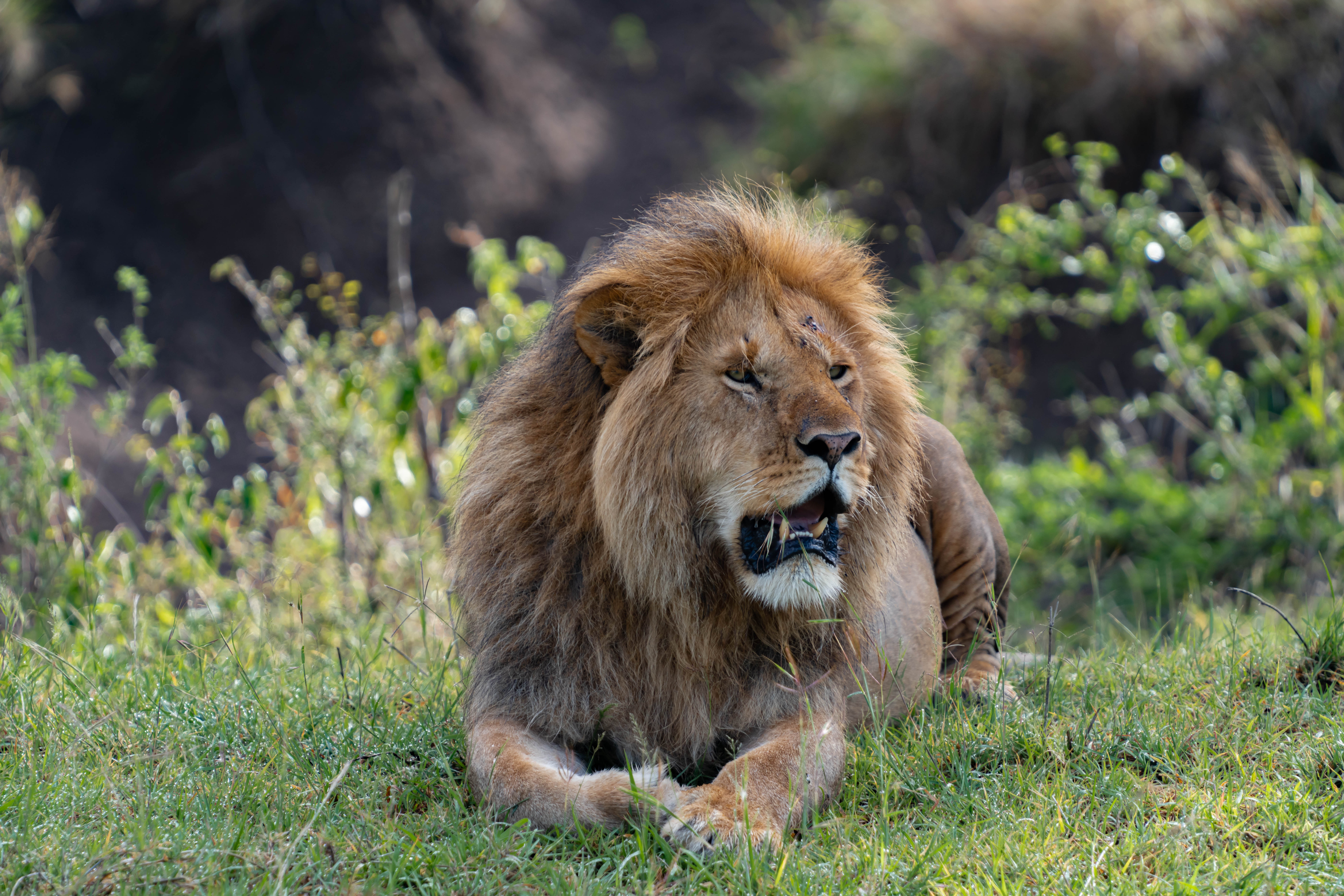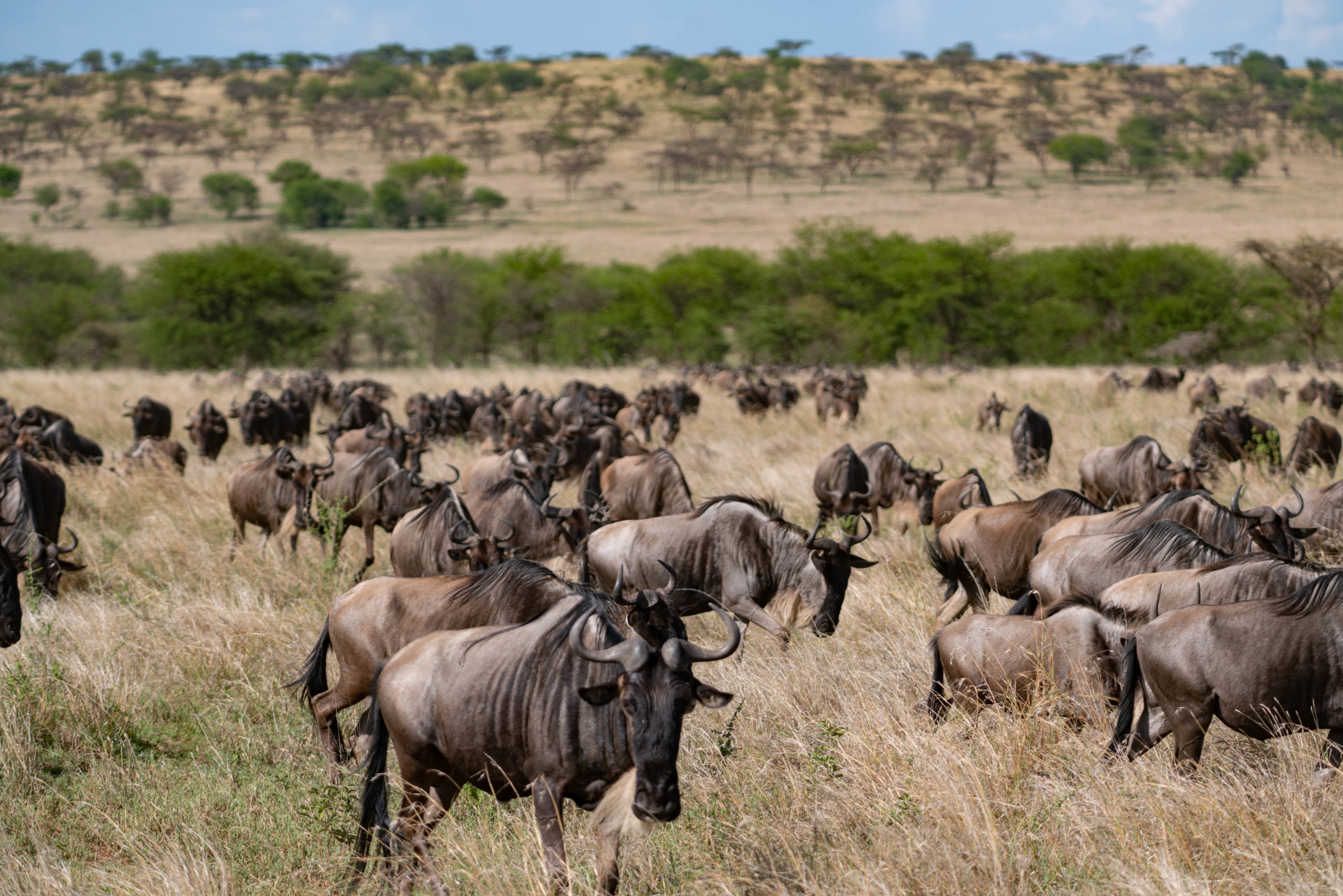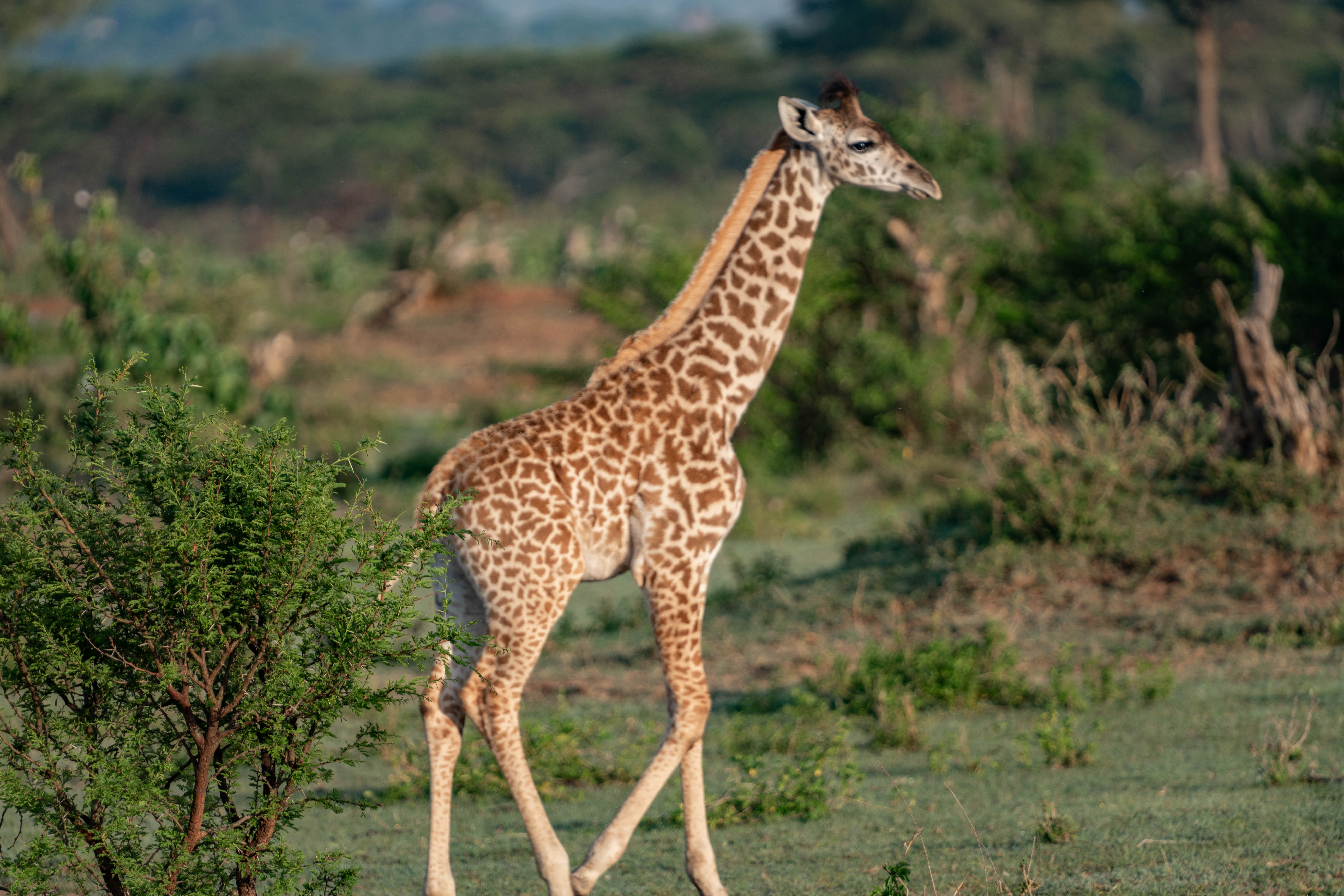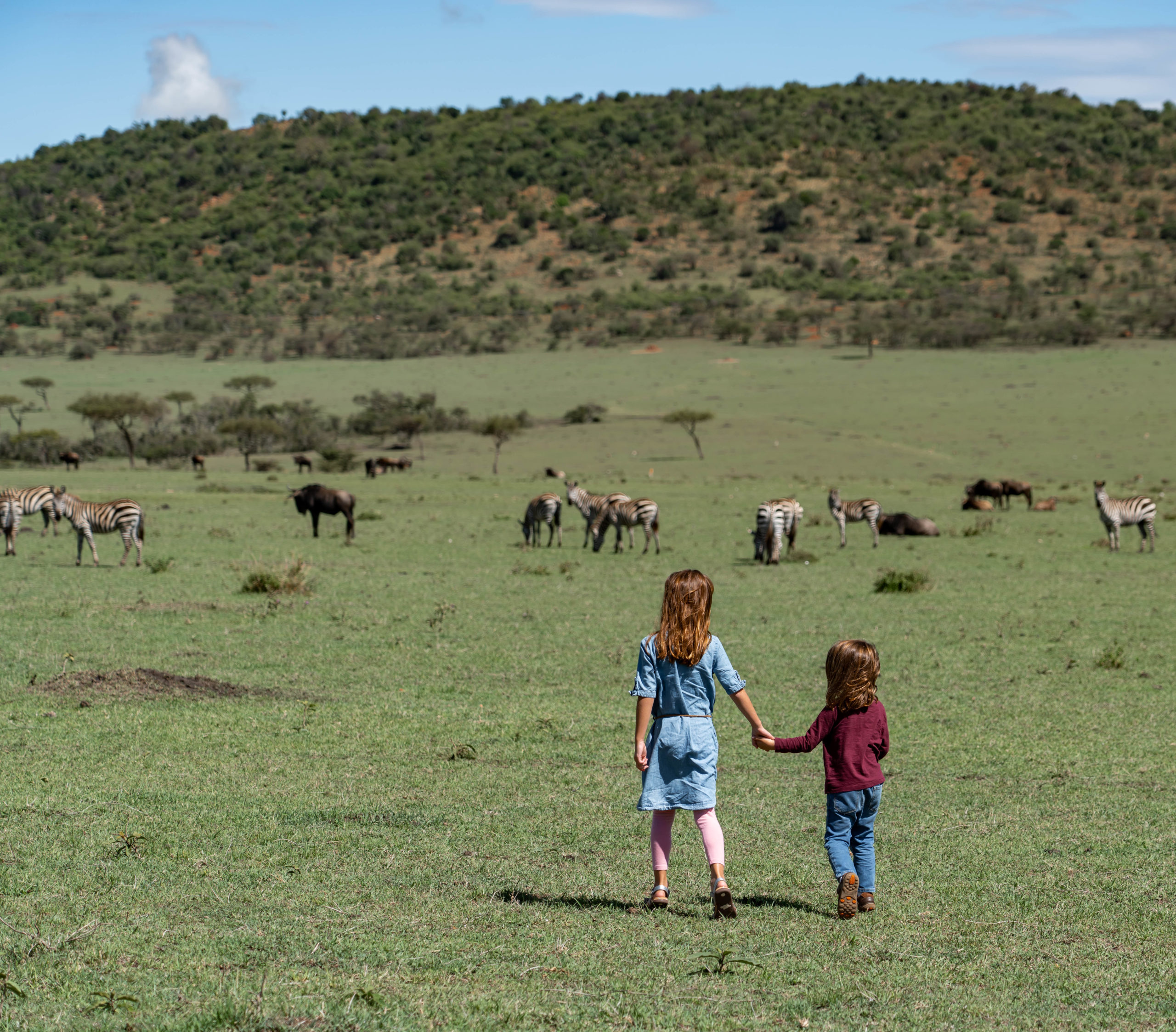Tanzania
Tanzania is a country in East Africa, renowned for its wildlife-rich national parks. It’s also home to the largest mountain in Africa, Mt Kilimanjaro.
How to Get There
The capital of Tanzania is Dar es Salaam, but if you are planning on visiting the Serengeti, you may want to fly into Kilimanjaro International Airport (JRO). There are no direct flights to Tanzania from North America. You will either have 2 stopovers or a single stopover in Amsterdam or Istanbul. You can fly KLM, Turkish Airlines, or Kenya Airways into JRO. Or you can fly SWISS, Etihad, Qatar, Emirates, KLM, or Turkish Airlines into Dar Es Salaam.
Currency: The local currency of the United Republic of Tanzania is the Tanzanian Shilling (TZS). The US dollar is accepted in tourist areas, but you still need to have some local currency for local shops and tipping. 1 US dollar is equivalent to 2,325 TZS at the time this was written.
Language: Swahili and Engish are the official languages of Tanzania.
Credit Cards & ATMs: Credit cards can be used at most hotels, car-rental companies, restaurants, and shops on the islands. However, you should carry cash just in case.
You can find ATMs at banks in the main towns.
Plugs: The standard voltage is 230 V, frequency is 50 Hz. A universal adapter with surge protection is best. Make sure to use a converter for hair dryers.
Safety: Tanzania is generally a safe country, but make sure to follow up to date government travel advisories and avoid isolated areas.
Best Time to Visit
The best time to visit Tanzania can vary depending on the wildlife you are interested in viewing, as the wildlife is dictated by the rains. Although the Great Migration occurs year round, many tourists flock to the area July-September to see the great herds of wildebeest and zebras crossing the Mara river. The “green season” between November and March is much quieter, and while there is a chance of rain showers, you will see migrating herds with newborn calves. April and May tend to be the rainiest season, which you may want to avoid because it could disrupt wildlife viewing.
Things to See and Do in The Tanzania
Related Articles
No related articles
November 20, 2020









